7 historic attractions in Beijing
25.10.2018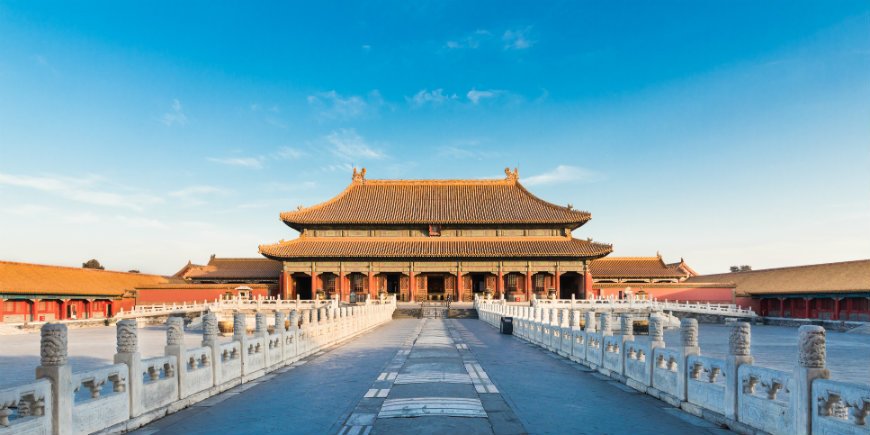
China’s history permeates Beijing’s fantastic attractions.
For centuries, China’s emperors have built magnificent monuments in Beijing, which visitors can still experience today.
Walk along the Great Wall, visit imperial palaces and explore the cosy, winding streets of Beijing’s hutongs.
Here are our 7 suggestions for historical attractions you should see in Beijing.
The Great Wall of China
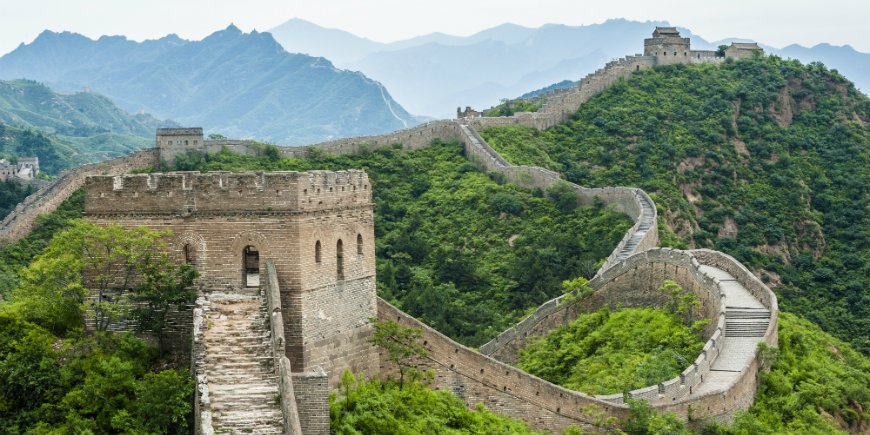
The Great Wall of China is one of the most impressive constructions in the world. The construction was started 2,300 years ago by China’s first emperor, Qin Shi Huang, with the aim of protecting the country from invasion by Mongolian tribes in the north.
The wall was continuously expanded by subsequent dynasties to protect their area.
The Great Wall is not one long wall, as the name suggests, but consists of several different forts and walls built in continuation of one another. With all additions to the wall, it measures a total of 21,196 km long and ranges from 4.5 to 12 metres high. The part of the wall today considered to be the Great Wall is 8,852 km long.
The best places to visit the Great Wall are in Beijing, for example at Mutianyu, which is one of the best preserved areas of the wall. Here, you can either take a cable car up or walk up to the wall.
Beijing’s “hutongs”
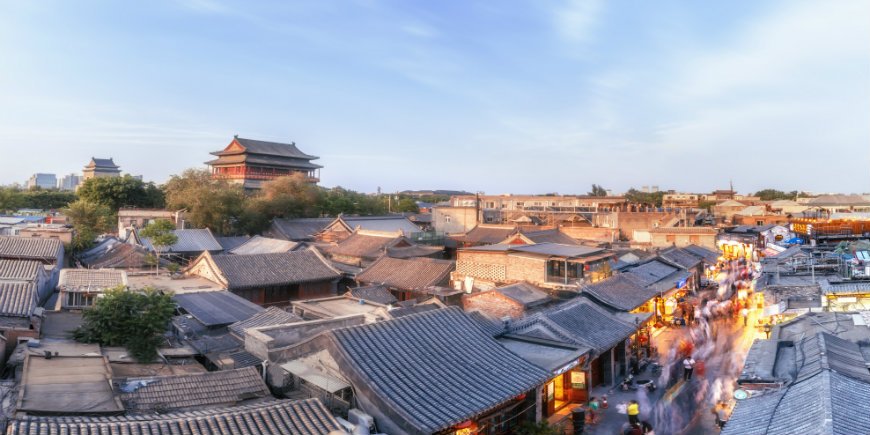
In some of Beijing’s oldest streets are the so-called hutongs.
A hutong is a one-storey construction consisting of 3–4 small houses sharing a courtyard. Beijing’s oldest hutongs are around 1,000 years old.
One of the most popular hutongs in Beijing is Nanluoguxiang, which is a UNESCO World Heritage Site due to its unique architecture. The Hutong district, which covers an area of around one square kilometre, is roughly 800 years old.
If you wish to experience ancient, authentic Beijing, Nanlouguxiang is the place. Many of the hutongs have been converted into small restaurants, bars and shops, where you can buy everything from postcards to designer clothes.
For many people, Nanluoguxiang is a breath of fresh air in the hustle and bustle of Beijing, where visitors and locals can explore the cosy, little streets of the neighbourhood.
The Forbidden City
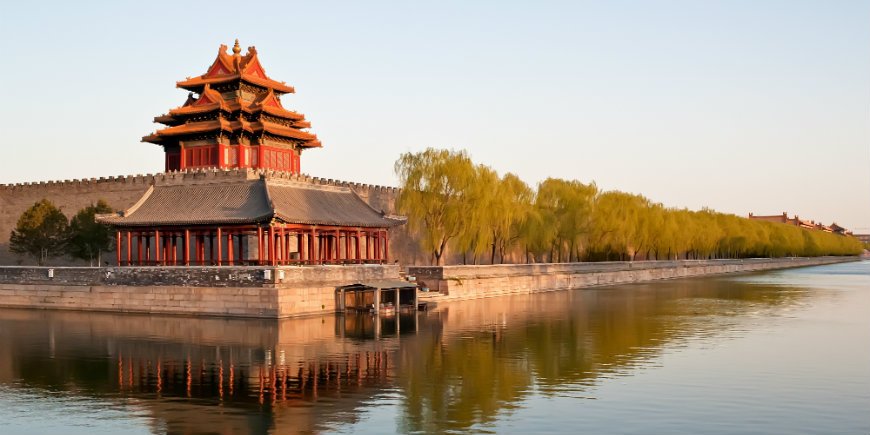
In the heart of Beijing, right next to Tiananmen Square and with the face of Mao watching over the entrance, you will find the Forbidden City.
The Forbidden City is an ancient imperial palace that was home to China’s ruling emperors during the Ming and Qing dynasties for centuries.
Completed in 1420, the palace was for many years shrouded in mystery for the Chinese people, as ordinary people were not allowed to see it – hence the name. Right up until 1925, the area was closed to the Chinese people, but when the last emperor who lived in the complex was thrown out in 1924, the Forbidden City was opened to the public.
Today, everyone is welcome to come in and explore some of the 970 buildings and more than 8,700 rooms that the Forbidden City consists of. You can, for example, visit The Palace Museum, which houses more than a million objects from China that help provide an insight into the Chinese culture. Paintings, objets d’art made of jade or bronze, books, historical documents and ceramics are just some of the items you can see. The museum houses one-sixth of all China’s cultural relics.
Tiananmen Square
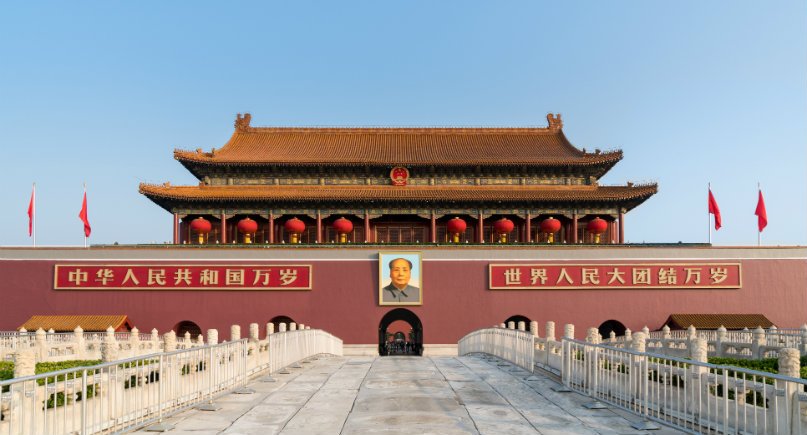
Tiananmen Square is the world’s largest square in a city centre – it is said that it can accommodate up to a million people.
The square was previously used for demonstrations and became the focus of world attention in 1989 when peaceful student protests ended in a bloody showdown. Today, the square is, among other things, used for national parades.
Go for a walk on the square and feel the presence of history, or visit one of the many attractions found here.
You might like to visit The National Museum of China, for example, where you can learn about the history of China, Mao Zedong’s Memorial Hall, which is also a mausoleum where you can see his embalmed body, or The Gate of Heavenly Peace, where Mao Zedong’s portrait has been exhibited since 1949. This is also the entrance to the Forbidden City.
The Temple of Heaven
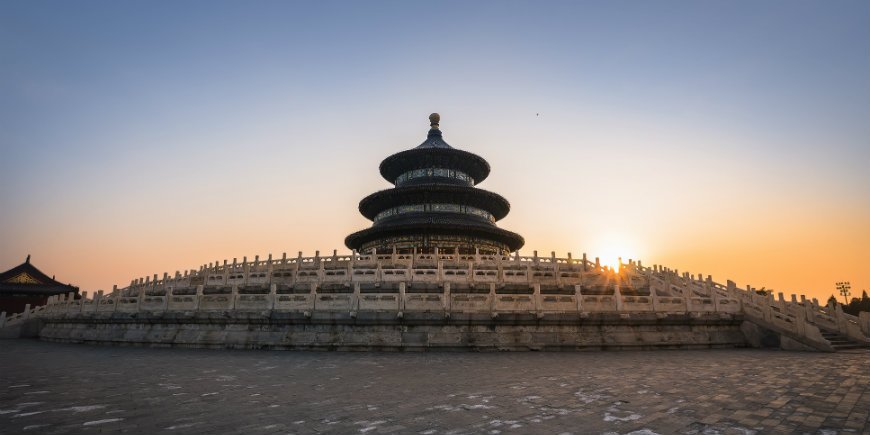
The Temple of Heaven is located in Tiantan Park, a green oasis in the otherwise bustling Beijing.
The temple was built in 1420 for ceremonial sacrifices to the gods, which the Emperor participated in to pray for a good harvest.
In the park, you will find three attractions: The Hall of Prayer of Good Harvest, the Imperial Vault of Heaven with its echo chamber and the Circular Mound Altar of Heaven.
The Hall of Prayer of Good Harvest is the most famous of the three attractions. The special thing about the circular temple is that it looks the same from all sides. According to the principle of Yin and Yang, Heaven is round, and the round shape of the temple symbolises that it was the will of Heaven that Emperor Jiajing inherited the throne from his brother as the brother had no son.
In the southern section of the Temple of Heaven, you can see the the Imperial Vault of Heaven – a circular building with a blue-glazed roof, surrounded by a 65-metre round wall, the echo wall. If two people face each other at each end of the wall and talk into the wall, they can hear each other.
The Circular Mound Altar was built in 1530 and was used by the emperor for sacrificial ceremonies during the winter solstice. The Circular Mound Altar is surrounded by two walls. The inner wall represents Heaven, while the outer wall represents Earth. If you stand in the middle of the upper terrace and talk, you can hear your own voice echoing.
The Summer Palace
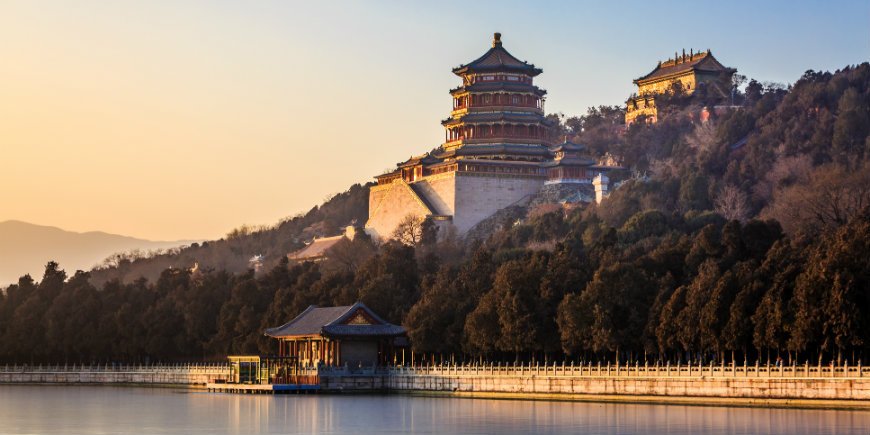
10 kilometres from the centre of Beijing is the sumptuous Summer Palace (颐和园).
The Summer Palace, as we know it today, was built in a period between 1750 and 1764, and later rebuilt by Emperor Guanxu for the Empress Dowager Cixi in the 1850s. This was when the palace became known as the “Summer Palace”, and the showpiece of grandeur that you can experience today.
The palace and its grounds have been open to the public since 1924. It comprises more than 3,000 buildings, bridges, towers and pavilions. Set in the middle of the grounds is Kunming Lake. In the summer, the lake forms the setting for idyllic boat trips, and in winter, when the lake is frozen, for exciting walks across the water.
You can while away many hours walking, sailing or just admiring the buildings and landscapes in the vast area of the Summer Palace.
The Ming tombs
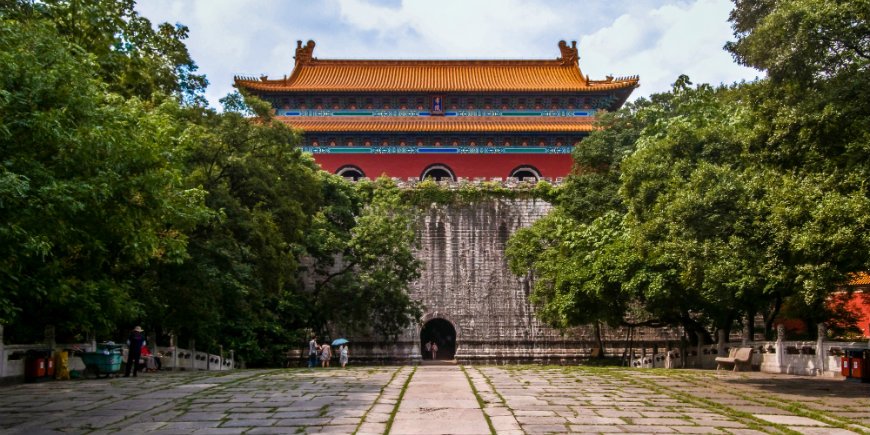
Around 50 km outside Beijing, you will find the Ming Tombs, the final resting place of 13 of the 16 Ming emperors.
The tombs in Beijing are one of a number of tombs built in several Chinese provinces between 1368 and 1915, and which are UNESCO World Heritage Sites today. The tombs help illustrate the enormous significance of the emperor and of life after death in ancient China.
Three of the tombs are open to the public.
A 7-kilometre-long avenue leads up to the tombs. It was along this avenue that the emperor made his way from heaven to earth, and also along this avenue that the deceased emperor made his final journey to heaven. The avenue is lined with stone statues of camels, lions and elephants as well as mythical unicorns, dragons, phoenixes and humans.
If you follow the road, you will come to the largest and oldest of the Ming tombs, Chang Ling. The tomb contains the first of the 13 Ming emperors, his wife and his 16 concubines. The tomb is the largest and best-preserved of the tombs and is particularly worth a visit.
Want to experience China’s incredible cultural heritage?
Beijing offers countless beautiful and interesting historical sites for visitors to explore.
No matter whether you go for a walk on the Great Wall or explore the Forbidden City, you cannot fail to be impressed by the historical legacy left by the former emperors and dynasties!
TourCompass – From tourist to traveller
